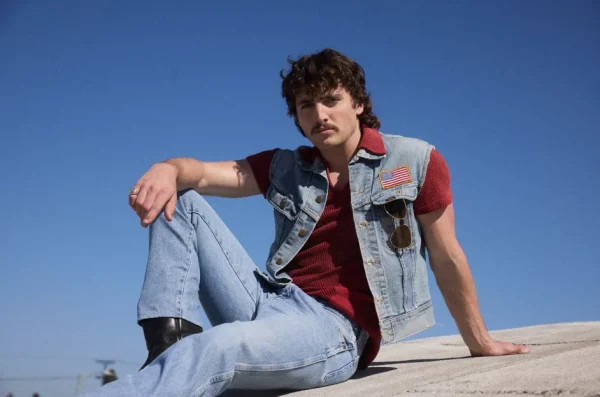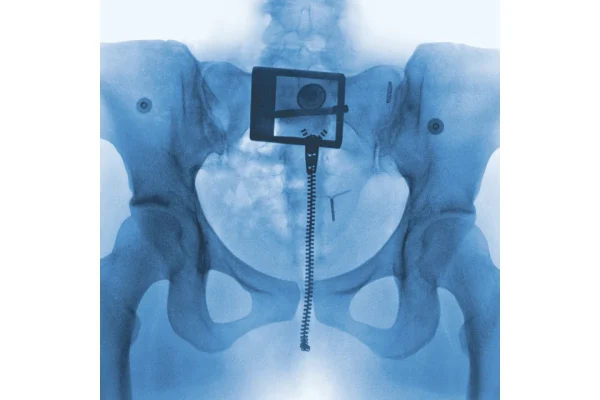Hey TV producers, there’s no one way to be gay
Is it OK to invite gay men to baby showers? According to ABC’s “Brothers and Sisters,” the answer is yes. For clarification, here is a rundown of the characters: Nora Walker is the mother. Tommy, Sarah, Kitty, Kevin and Justin are the Walker children. Scotty is Kevin’s husband, and Saul is Nora’s gay brother. Robert is Kitty’s husband.
Now that you’re caught up — or as caught up as you possibly can be with a word count — Kitty and Robert are adopting a child, and in this episode Nora throws a baby shower. The guest list includes all the women in Kitty’s life, plus Kevin, Scotty and Saul.
When asked by her granddaughter Paige why Tommy isn’t invited to the baby shower, Nora replied, “Honey, it’s a baby shower. You only invite girls to baby showers. That’s the tradition.” Paige gives her a confused look and points out that there are men being invited. Nora gave a long pause, and a look of understanding dawned on Paige’s face paired with her saying, “Ohh, I get it.”
I don’t get it. What’s next, wedding showers? Bachelorette parties? On second thought, that last one might be completely appropriate. But I’m not alone in my confusion. Saul was unhappy with his invitation. He said, “I also happen to be annoyed and insulted … I didn’t come out of the closet to become a cliché.”
I’m not entirely sure what the right way to portray gay men in the media is. But I think it’s safe to say that the wrong way is to lump them into the same category as women.
In 1987 R.W. Connell studied the way we view masculinity and femininity in the media. Some of this research has become outdated, but there are still many truths to what Connell uncovered. Men that fit under the hegemonic masculinity category are men who are aggressive, ambitious and self-reliant. Heterosexuality is an important part of hegemonic masculinity. Men that fit under the alternative masculinity category are “men of color, non-native born men and gay males.” Part of Connell’s distinction is that men in the former category maintain dominance over those in the latter.
But who says that a gay man is any less masculine than a straight one? Who says that heterosexual men are the only ones who can display traits of masculinity? With the perpetuation of the stereotype that gay men identify better with women than with straight men, the media is usually who is saying so. And that’s not to say that there are gay men who don’t identify better with women. But certainly not all of them do, and that’s the problem. The media only shows a small portion of the lesbian, gay, bisexual and transgender community, thus confusing the audience about who they really are.
Let’s not even get started on who gets to decide what constitutes as masculine or feminine behavior. That could take a lifetime. In fact, it’s taken many lifetimes to develop those social norms.
Programs like “Brothers and Sisters,” “Will and Grace,” or “Grey’s Anatomy” have made enormous strides in depicting the alarmingly underrepresented gay community. But it seems as though whenever the writers of these programs get a little stuck, or need something juicy, they revert back to stereotypes.
As a relatively straight person, I realize that I might be the wrong person to be addressing this issue. Or maybe I’m the perfect candidate, because I have no personal stock in this. No matter what, it bothers me that people in the LGBT community – gay men in particular – get pigeonholed into a very small category, when heterosexuals get to display all the colors of their personality rainbows (no pun intended).
Probably the most important thing to take away from this “Brothers and Sisters” episode is what Scotty said: “There’s no one way to be gay.” The rest of the media needs to take heed. There is no one way to be gay, and there is no one way to portray gay men in the media.







